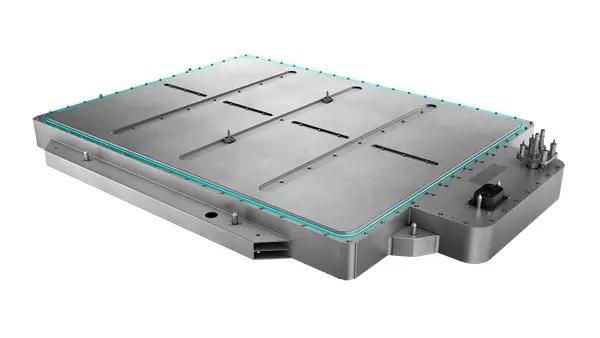New technologies to solve the issue of exploding and burning batteries

Despite concerns about the safety of electric vehicles due to the occurrence of burning batteries, new technologies are already addressing this issue. It’s important to note that only a very small percentage of electric vehicles have experienced battery-related fires. Statistics show that electric vehicles are 60 times safer from fires compared to vehicles powered by internal combustion engines. Furthermore, we are currently in a new phase of electric vehicle development, with advancements in battery technology that will enhance safety and performance.
The Burning Batteries Myth will pass into history
While some electric vehicles have experienced fires, there are more vehicles of all types on the road now than ever before. The instances of battery fires are relatively low when compared to the number of electric and petrol vehicles in operation. It’s worth noting that during the early 1900s, when electric vehicles were more prevalent, there were no burning battery incidents. The reason for this was due to the use of non-lithium batteries and the limited availability of petrol. As we progress in electric vehicle technology, the issue of burning batteries will be effectively addressed.
The death of the EV in the early 1900s
During the decline of electric vehicles in the early 1900s, there were also challenges and dangers associated with the early internal combustion engine (ICE) cars. The early ICE cars faced issues such as sprag systems and exploding engines. Similarly, the availability of petrol was scarce, leading to the use of unconventional fuels to power vehicles. This historical context helps put the challenges of modern electric vehicles into perspective, showing that technological advances will continue to improve safety and performance.
Technological advancements in electric vehicle batteries
The future of electric vehicle batteries
As we move forward, new technologies are being developed to address the shortcomings of lithium batteries. Materials like silicon, aluminum, and sodium are being explored as alternatives to lithium, offering improved safety and performance. Leading manufacturers such as BMW and Toyota are already embracing these new battery technologies in their designs and vehicles, setting the stage for safer and more efficient electric vehicles.

Challenges and opportunities in new battery technologies
While there are promising advancements in battery technology, the transition to new materials comes with its own set of challenges. The cost and complexity of establishing new manufacturing processes for these batteries can be a deterrent for companies. However, the rapid pace of scientific innovation is expected to overcome these obstacles, leading to more affordable electric vehicles with extended ranges and faster charging times in the near future.
*Sprags
Sprags were metal rods suspended under vehicles to prevent them from rolling backwards when parked. They had a point at one end that was dropped onto the road, ensuring stability.

